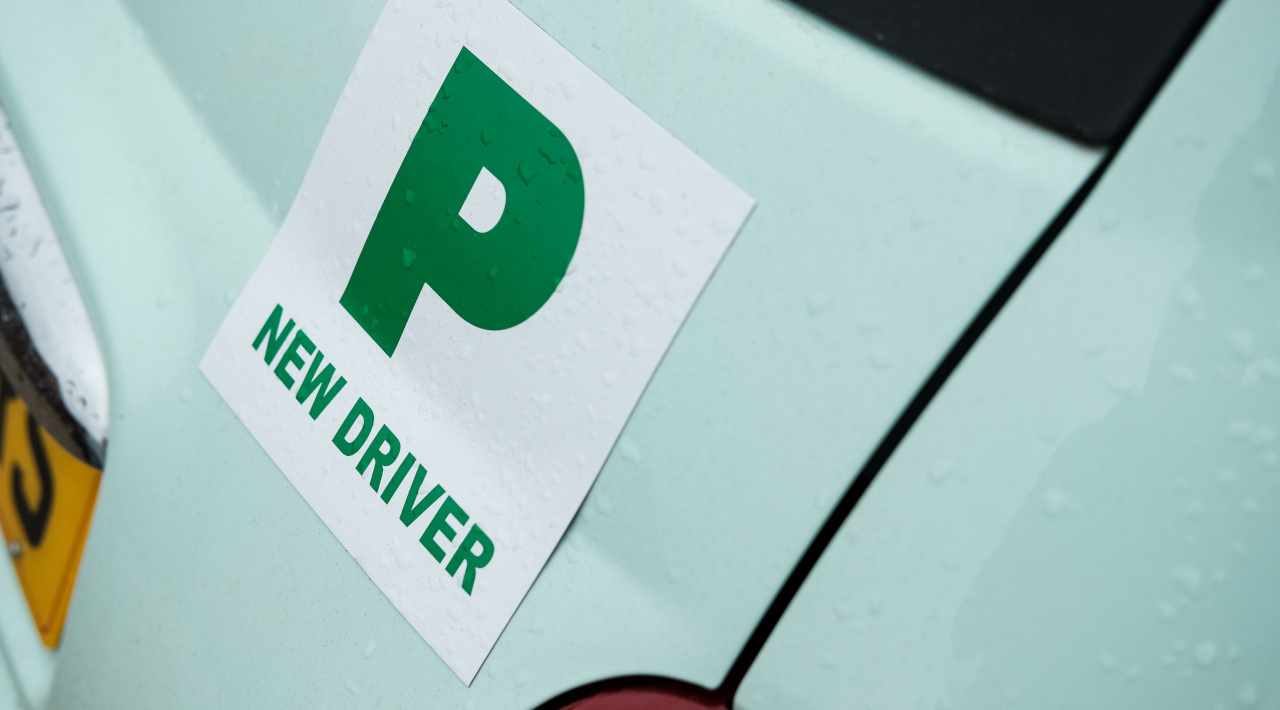When you are a new driver, choosing your first car can be daunting. One of your biggest considerations will be cost, both that of the vehicle itself and the additional costs such as insurance and maintenance.

Many inexperienced drivers underestimate the cost of car ownership and forget to factor in essentials such as road tax and MOTs. Pricy insurance premiums for drivers without any history of safe driving or a no-claims bonus discount can also send running costs sky high.
Once you have finished celebrating passing your test, no doubt your thoughts will turn to buying a new car.
As well as taking cost into account, you should also consider whether you want to buy a new or used car. New cars can be expensive and depreciate quickly, but it is important to remember that the newer the car, the safer it will be, both in terms of safety features and how well it will protect you in the unfortunate event of an accident.
Choosing a used car will give you a wider range of options to suit your budget and you won’t have to wait for delivery; however, the used car market can be difficult to navigate, and you can never be 100% sure that there won’t be any surprises waiting for you such as unforeseen repair bills.
It also essential to consider the type of engine you want your car to have. Sustainability may be an issue close to your heart and the cheaper running costs of electric or hybrid cars undoubtedly make them an attractive option.
As a new driver, one possibility you may not have considered for your first car is leasing. Leasing a car is like renting one but for a longer period, usually between 24 and 60 months.
As the car is paid for by monthly rental payments, making it more budget-friendly than buying a car outright, leasing a car also brings with it other cost benefits such as roadside assistance and the road fund licence being included in the rental amount.
Leasing a car as a new driver is undoubtedly a cost-effective and sensible option that can take away much of the hassle of owning your first car. Thanks to the easy-to-manage monthly payments and included services, you will not have to worry about overstretching yourself financially. Simply pick your vehicle, determine the length of your lease, and agree your mileage allowance.
If you want to find out more about how leasing can help you afford a first car that may otherwise be unaffordable, contact one of Leasys’ experts who will discuss your requirements and help you create a tailor-made agreement to suit your needs.
It pays to be smart when insuring your car as a new driver. Costs will undoubtedly be high, but there are ways to lower your premiums. These include paying a higher excess or taking out “black box” car insurance to monitor your behaviour as a driver. You could also add an older named driver to the policy, usually a family member.
Avoiding cars with flashy modifications is also a sensible idea if you are looking to minimise your insurance costs. Smaller, less powerful cars are cheaper to insure.
Finally, some insurance companies also offer “pay as you go” insurance, which may be an option if you do not intend to drive regularly as they allow you to pay only for the miles you drive.